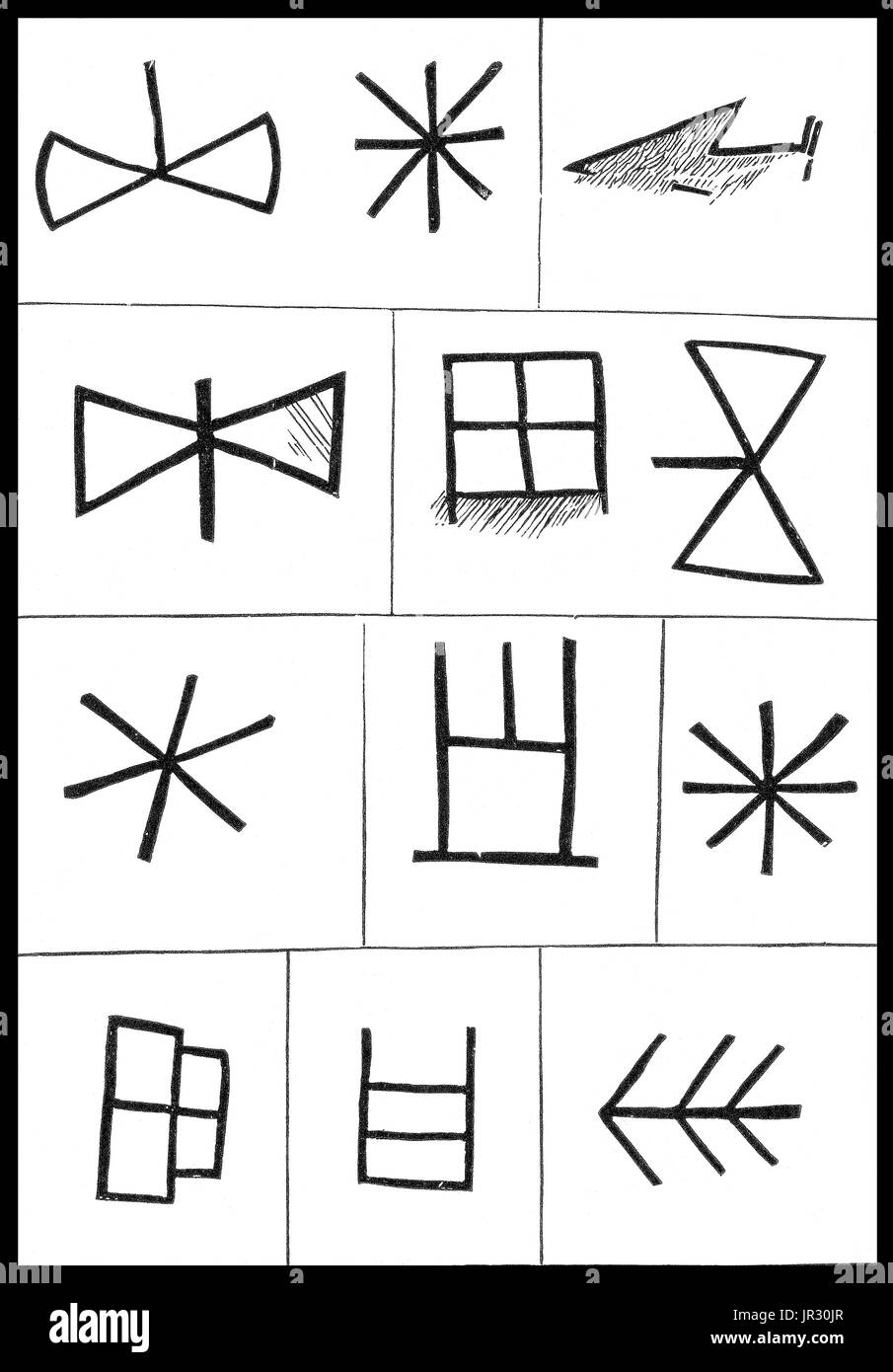Bronze Age,Signs on Blocks at Knossos

Image details
Contributor:
Science History Images / Alamy Stock PhotoImage ID:
JR30JRFile size:
40.3 MB (937.8 KB Compressed download)Releases:
Model - no | Property - noDo I need a release?Dimensions:
3133 x 4500 px | 26.5 x 38.1 cm | 10.4 x 15 inches | 300dpiPhotographer:
Science History ImagesMore information:
This image could have imperfections as it’s either historical or reportage.
Knossos is the largest Bronze Age archeological site on Crete and is considered Europe's oldest city. The palace of Knossos was undoubtedly the ceremonial and political center of the Minoan civilization and culture. Some of the walls at Knossos bear certain marks which were at first passed by as mere scratchings by masons, but are now believed to be the same system as the characters on the pottery and seals, the various positions in which the signs appear, warranting the inference that they were engraved on the blocks before these were placed in situ. The palace was abandoned at some unknown time at the end of the Late Bronze Age, 1380-1100 BC. The abandoning population were probably Mycenaean Greeks. The oldest Mycenaean writing is descended from the Linear A. Linear A is one of two currently undeciphered writing systems used in ancient Greece (Cretan hieroglyphic is the other). Linear A was the primary script used in palace and religious writings of the Minoan civilization. It was discovered by archaeologist Sir Arthur Evans. It is the origin of the Linear B script, which was later used by the Mycenaean civilization.